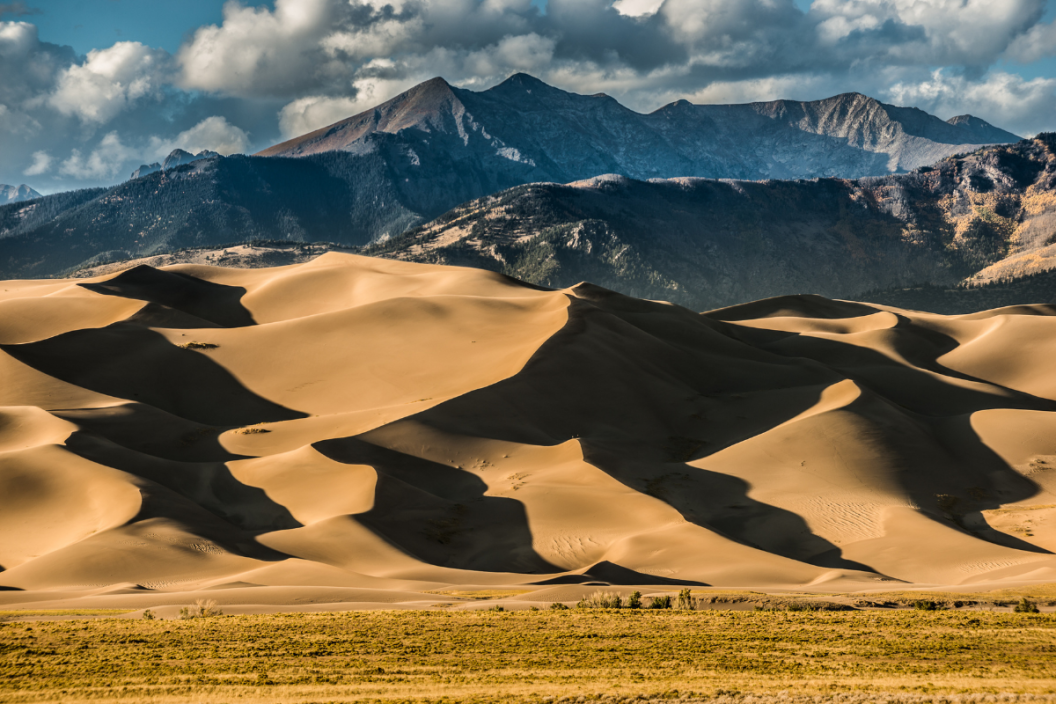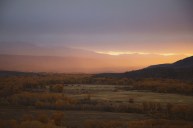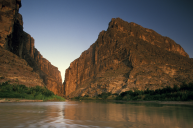Located in Southern Colorado, the magnificent Great Sand Dunes National Park and Preserve features towering dunes with the Sangre de Cristo mountains as its backdrop. This national park varies widely with its terrain, which includes wetlands, forests, alpine lakes, powerful peaks, and dry tundra. There is a reason it made our 10-day Colorado road trip itinerary.
The tallest sand dunes in all of North America, the Great Sand Dunes of Alamosa, Colorado, are an absolutely incredible sight to behold. Operated by the National Park Service, this 150,000-acre park features a wide array of outdoor recreation, including backpacking, camping, hiking, sand sledding, swimming, and stargazing. You can even bring your snowboard and turn it into a "sandboard" for the day! A bonus is that this park is only three and a half hours from the sites and sounds of Denver.
The History of Great Sand Dunes National Park and Preserve
This sacred land belongs to the Navajo (Dinè) people and their stories of the Sisnaajini (White Shell Mountain, now called Blanca Peak) and the importance of the dunes can be learned about in the above 8-minute video. The long and interesting history of this land contains stories of the Spanish colonization, Western expansion, the Old Spanish Trail, Fort Garland and the San Luis Valley, and homesteaders along Medano Creek in 1875.
Fast forward to the 20th century: residents of the area wanted to protect the region from gold mining and other industrial activities. In 1932, President Herbert Hoover signed a proclamation to protect the dunes and in 2004, the Great Sand Dunes National Monument and Preserve was solidified and opened to the public.
Activities at the Dunes

Discover the magic of the dunes in a multitude of ways. You can take overnight backpacking or camping trips, sandboard on the dunefields, make an expedition into the backcountry, or take a scenic drive on Medano Pass Primitive Road.
Hiking

The 30 square-mile dunefield is open for exploration and there are no designated trails. For those who need more accessibility, you can use a complimentary dune-safe wheelchair available at the visitor center.
There are a total of five dunes that reach over 700 feet in height. Hiking the High Dune on the first ridge is one of the most popular hikes, taking around two hours and spans 2.5 miles (but can take up to four hours since there are no trails).
The Star Dune is the tallest dune in North America and reaches 750 feet tall. The easiest way to access this 8-mile hile is from the base near the Medano Creek Bed. Hikers can also enjoy forested hikes through cottonwood, aspens, and Pinyon-junipers on the Montville Nature Trail, Mosca Pass Trail, and Sand Ramp Trails.
Montane forests and woodlands are found along the drier foothills of the Sangre de Cristo Mountains at approximately 8000 ft. (2438m) to 9500 ft. (2896m). Pinyon-juniper and ponderosa pine woodlands are found on open, drier slopes, while cottonwood and aspen trees are in drainages. Mountain lions hunt mule deer here at night. Owls, dusky grouse, turkeys, and bullsnakes all find habitat in these drier, open woodlands.
Please note that during afternoon hours in the summer months, the sand surface can reach 150 degrees Fahrenheit. To avoid the heat as well as reckless thunderstorms, hike in the early morning or evening. Also, note that it takes time to adjust to the altitude and sometimes harsh conditions.
Sandboard & Sled
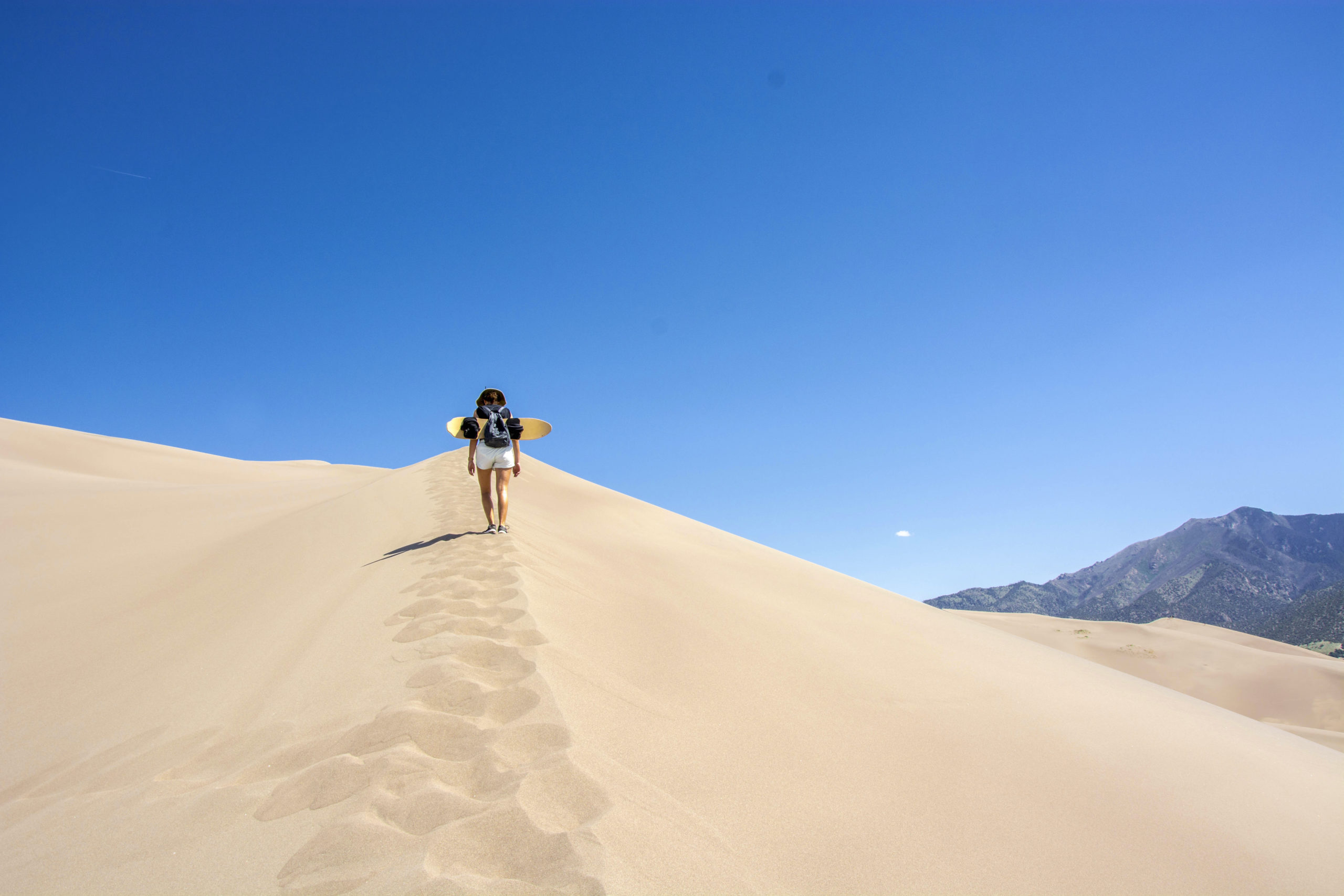
RELATED: Malibu Creek State Park is the Way to do Outdoor Los Angeles
The park does not rent sandboards or sleds—please check the list of rental places in the area if you want to give it a try at riding the dunes. Skiing, sandboarding, and sledding are allowed anywhere on the sandhills away from vegetated areas.
Swimming
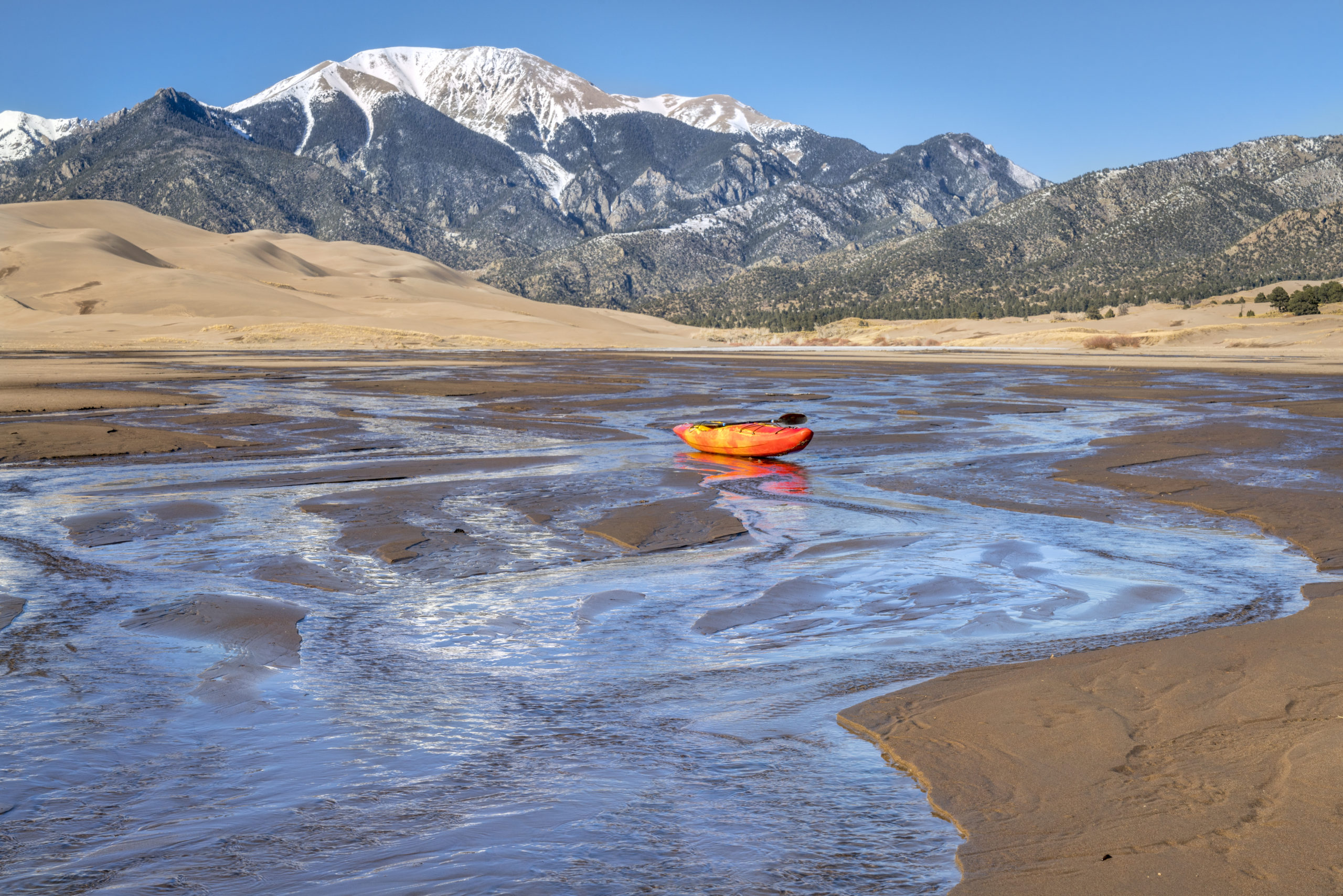
The seasonal Medano Creek is a great place to splash and swim to cool off on warmer days. Just be mindful of the "surge flow," an aquatic phenomenon that can cause rough waves. Head to the Medano Creek page to learn more and check for current conditions.
Camping
https://www.instagram.com/p/CM5-c8Zs6QX/?utm_source=ig_web_copy_link
There are a few options when it comes to staying overnight at the park, including backpacking, car camping, and campsites at Piñon Flats Campground. High-clearance, 4WD camping off of Medano Pass Primitive Road is a more secluded and adventurous option and Piñon Flats offers both small and large group sites. For those that want to backpack, there are two options — seven sites along the Sand Ramp Trail and twenty sites in the backcountry (permits are required).
Stargazing
https://www.instagram.com/p/CM-C1zEAZ1u/?utm_source=ig_web_copy_link
Experience the magic of the Great Sand Dunes under the light of the moon or Milky Way by visiting at night. Visit during a full moon or schedule to explore the evening sky in late summer and fall when the Milky Way is the highest and clearest in the sky.
Fishing
The waters found in the park offer amazing opportunities for anglers. The Sangre de Cristo Mountains creeks are vital in preserving native fish species such as the Rio Grande Cutthroat Trout (Oncorhynchus Clarki Virginalis), the Rio Grande sucker (Catostomus Plebeius), and the Fathead minnows (Pimephales Promelas).
About the Terrain of Great Sand Dunes
https://www.instagram.com/p/CMWOcvTMsJN/?utm_source=ig_web_copy_link
The formation of the dunes comes from Medano and Sand Creeks, that drag sand from the mountainside of the great dunes and carry it to the valley floor. The consistency of the powerful forces of wind and water help create the tallest sand dunes in the US.
The oldest reports of people in the area date back over 11,000 years when the Native tribes of the Navajo, Ute, and Apaches were first there. The land is a national wildlife refuge that protected fragile yet powerful ecosystems.
Scientists have not been able to age the dunes but they estimate that the dunes themselves seem to originate from sand deposits from smaller lakes (after Lake Alamosa disappeared approximately 440,000 years ago). The elevation in the park and preserve spans from a low of 7,520 feet to a height of 13,604 feet above sea level.
Important Information for Visting the Great Sand Dunes National Park
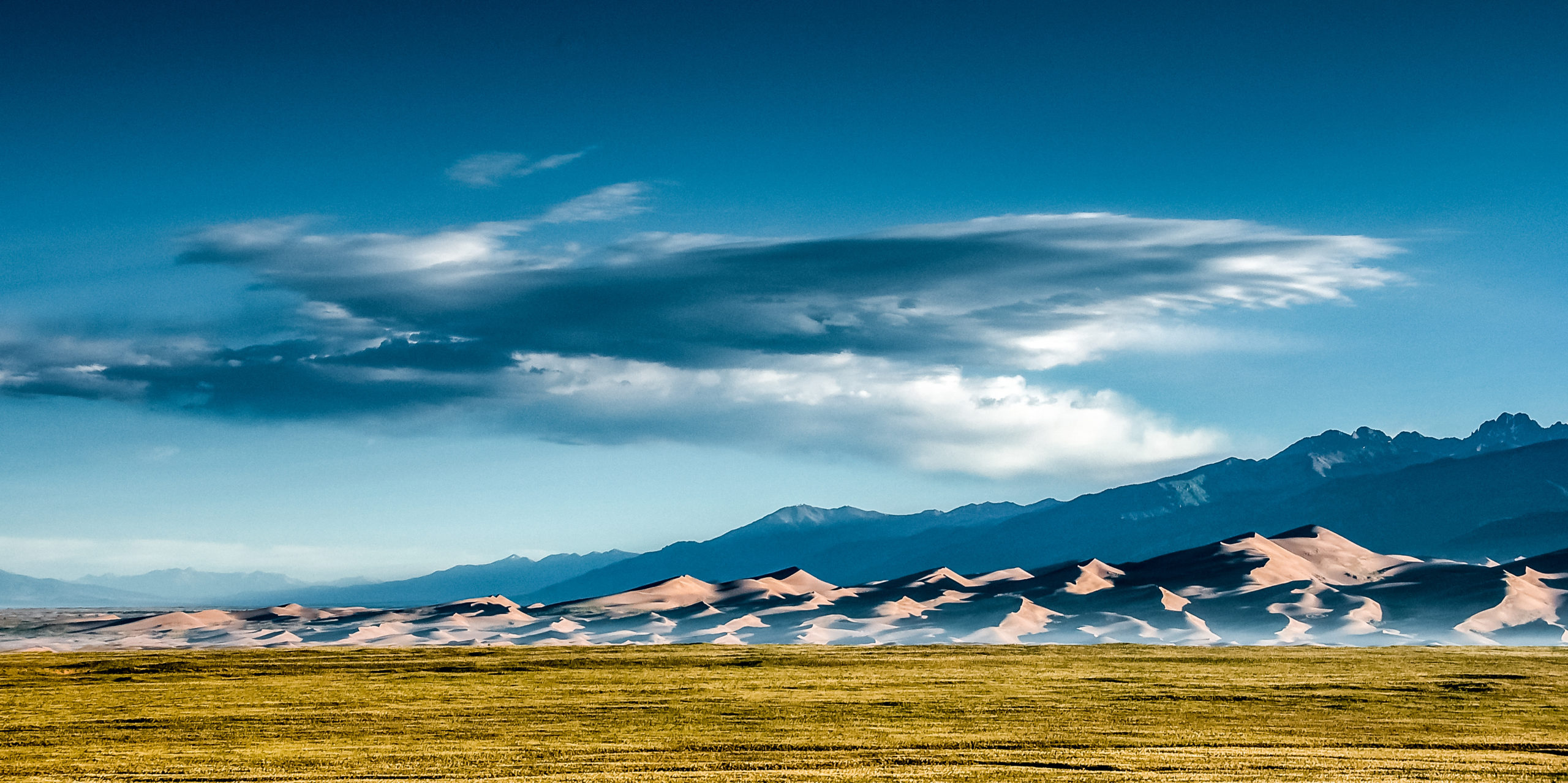
The Great Sand Dunes are located approximately four hours from the Denver city center, perfect for a day trip or weekend getaway. Prepare for your trip accordingly, check the weather as snowfall is likely almost more than half of the year. Check the conditions and also know that the weather could change within minutes.
When you arrive, park in the parking lot, and make a stop by the Visitor Center to check-in and grab a map. The park and preserve are open 24/7 all year long. The Visitor Center is located at 11999 State Highway 150, Mosca, Colorado, 81146.
Have you visited the Great Sand Dunes in Colorado? Tell us your story on the Wide Open Roads Facebook Page!
